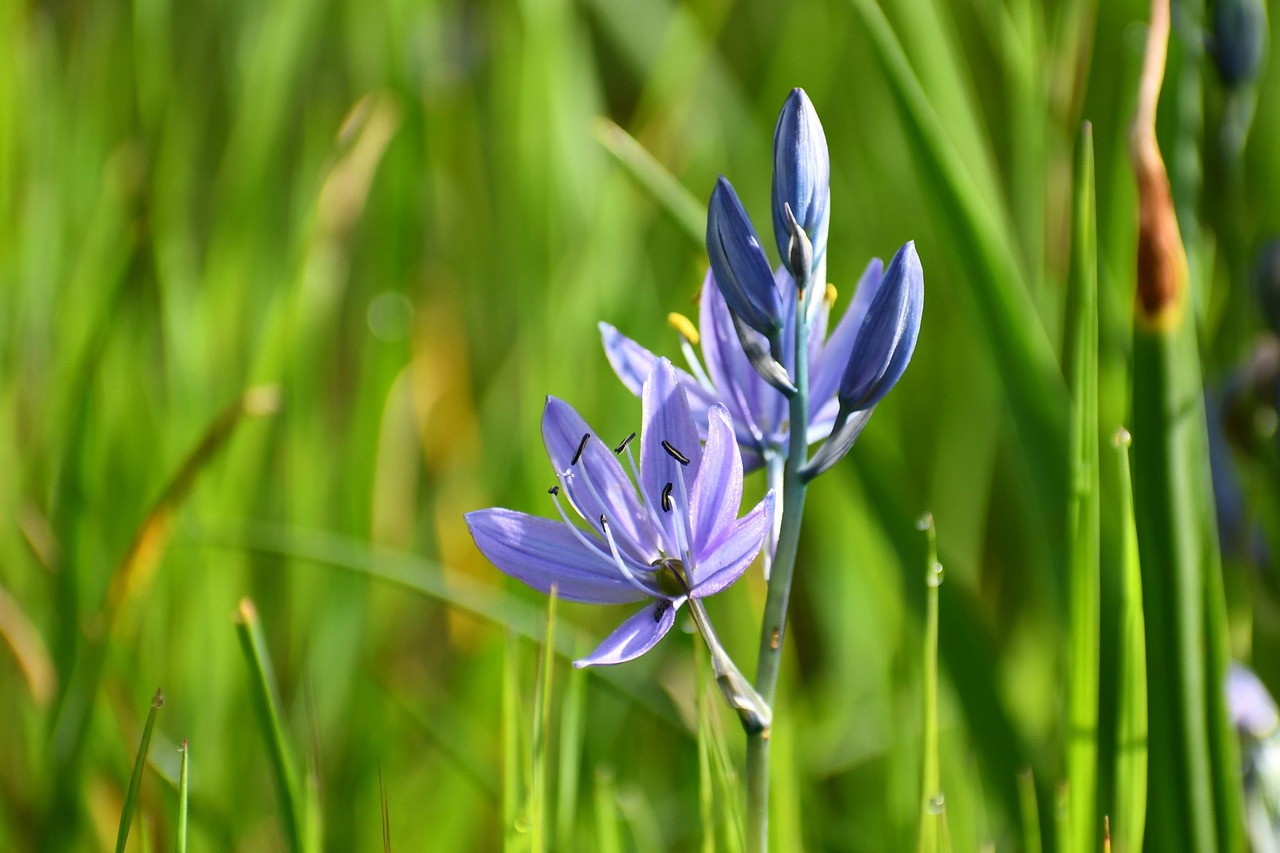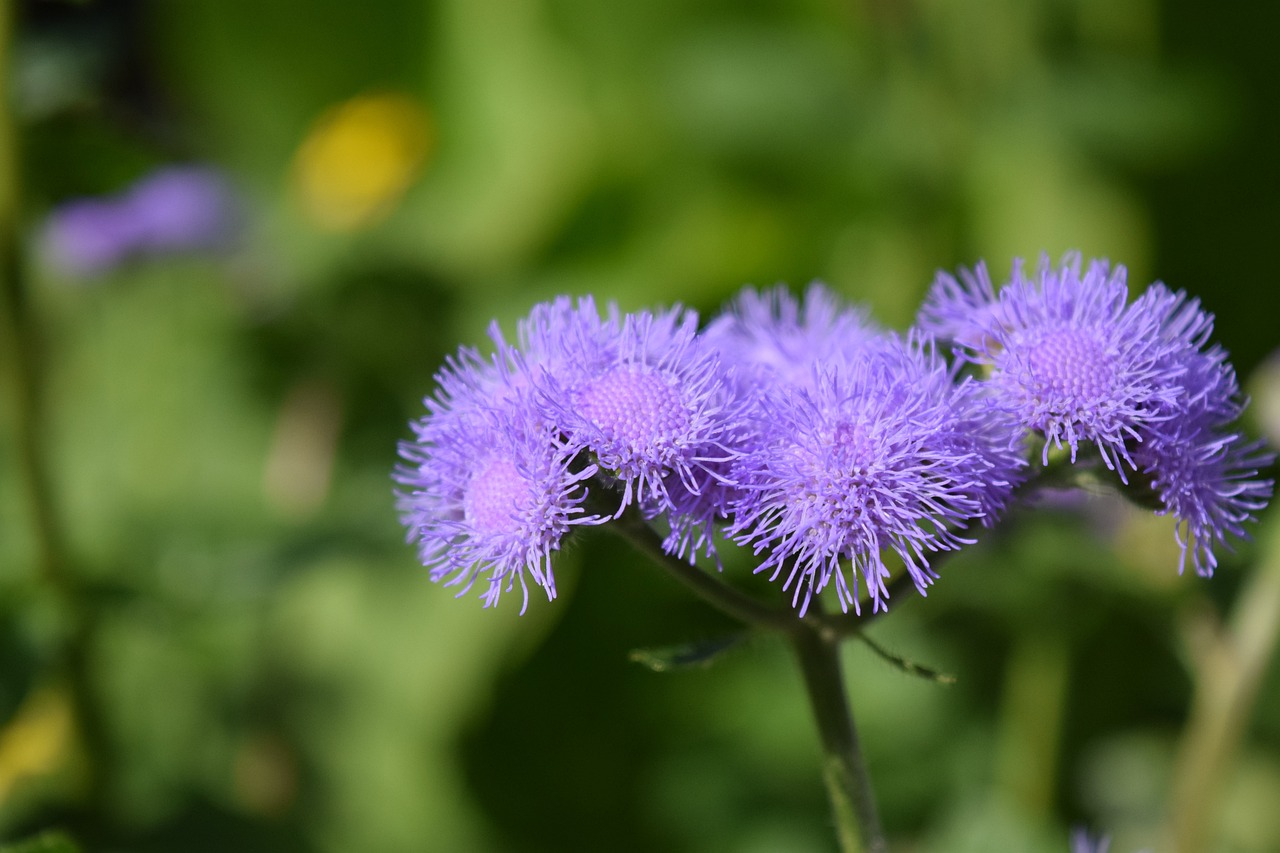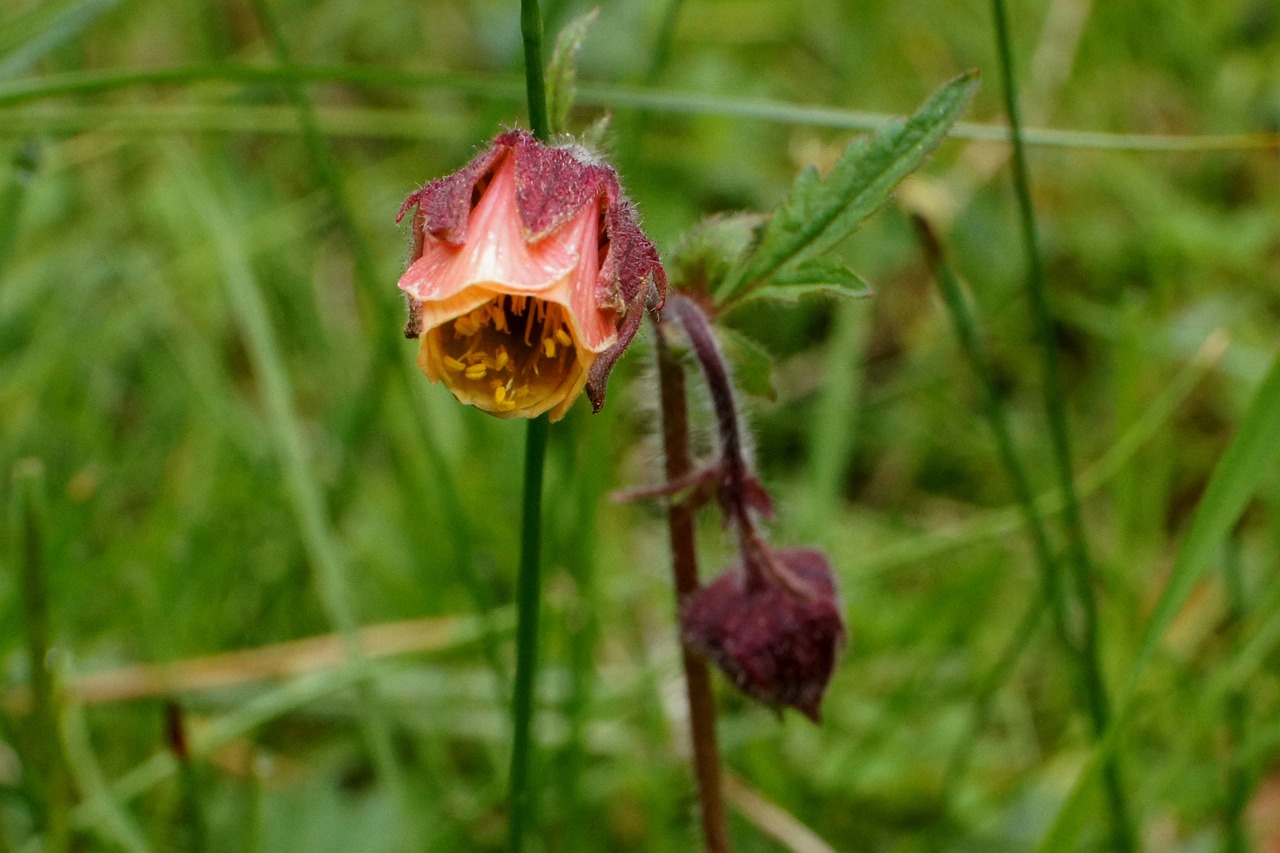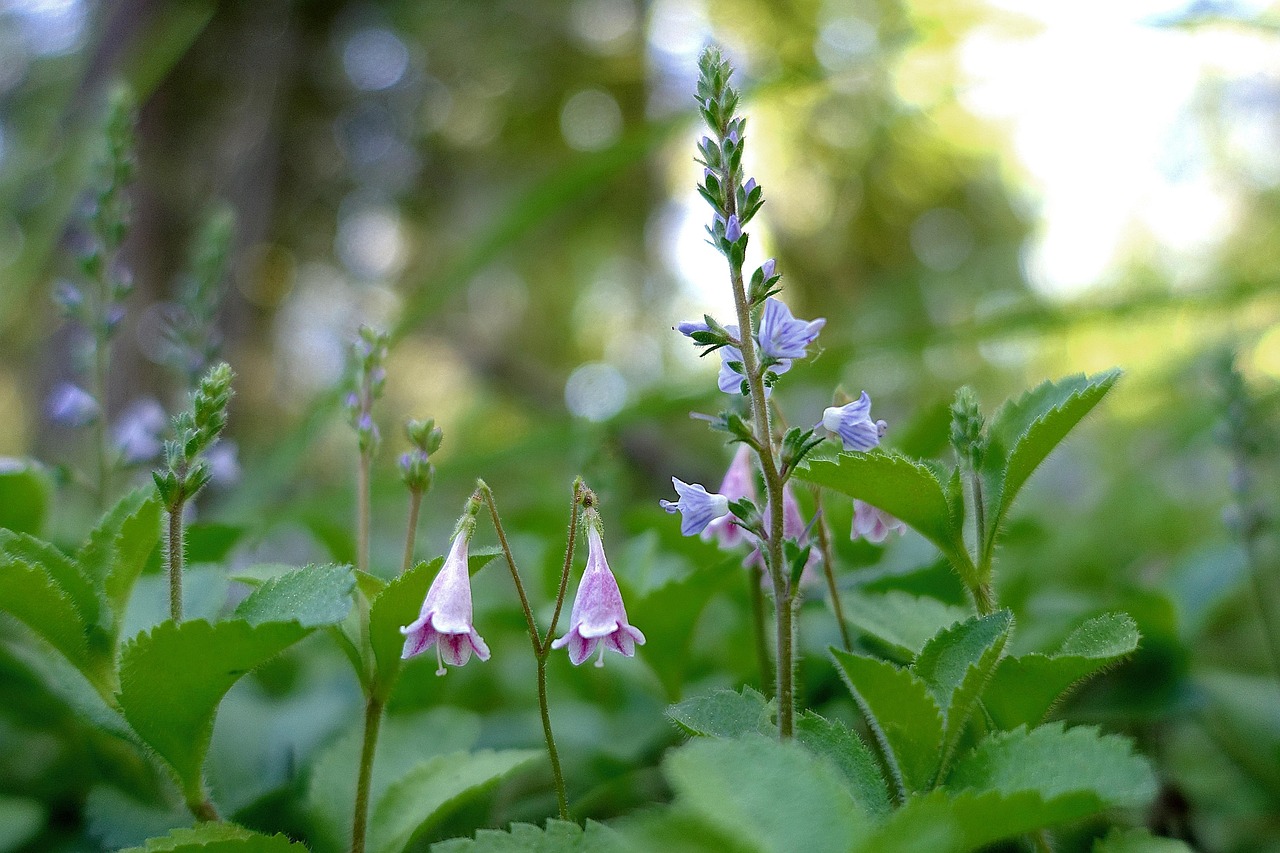Shaga | A Flower of Elegance and Shadows in Japanese Gardens
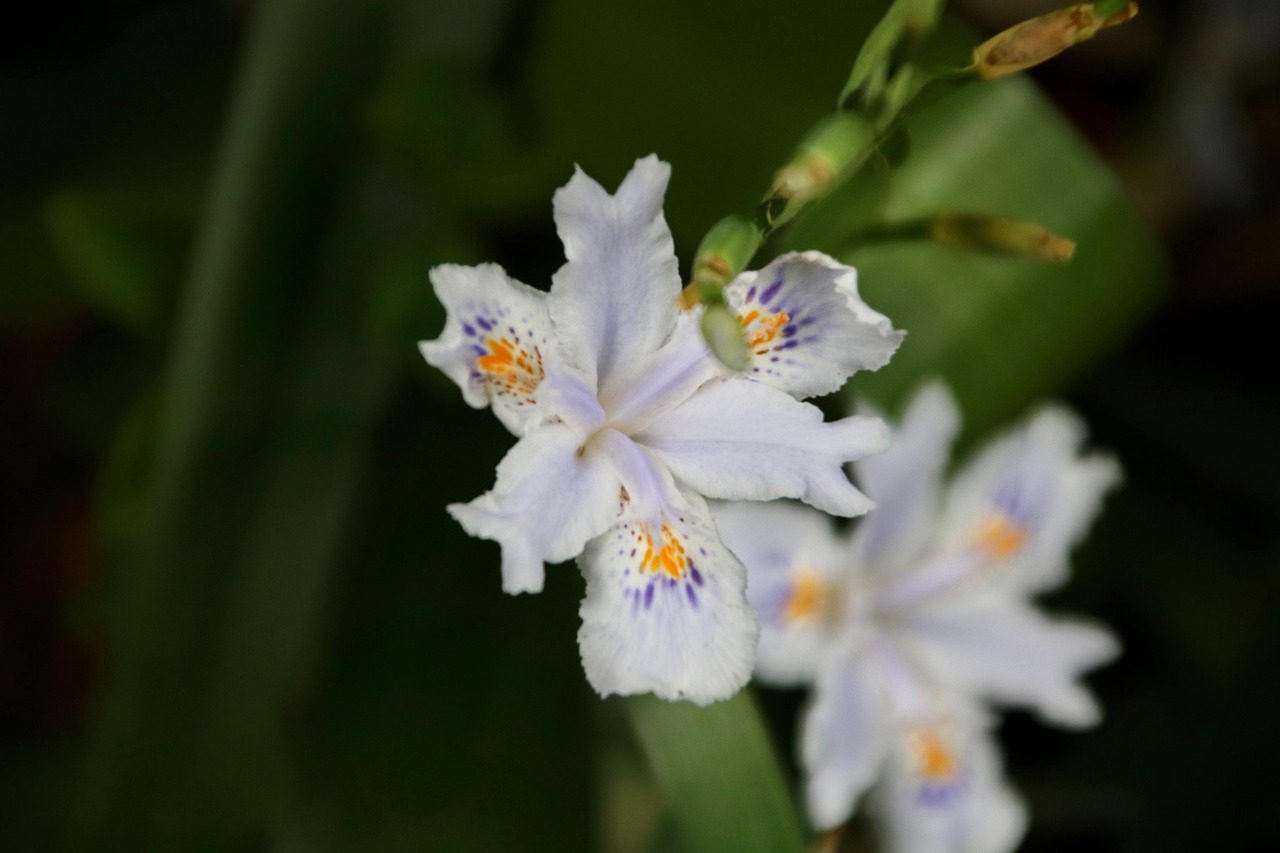
Shaga (Iris japonica) is a perennial plant native to Japan and China, renowned for its delicate bluish-purple blossoms. Because it thrives even in partial shade, it is widely appreciated as an ornamental plant that brightens woodland gardens and parks.
In this article, I will provide detailed information about Shaga, including its basic characteristics, cultural and historical significance, and tips for successful cultivation.
Basic Information
- Scientific name: Iris japonica
- Family: Iridaceae
- Origin: East Asia (Japan, China)
- Appearance: Shaga grows to a height of 30–60 cm, with long, sword-shaped leaves. Its pale bluish-purple flowers feature ruffled petals marked with yellow and violet patterns at the center. Each bloom lasts only a day, but new flowers open continuously, allowing long-lasting enjoyment.
- Blooming season: April to May, often forming large colonies in suitable environments.
Cultural Significance Worldwide
Shaga is closely tied to the garden cultures of Japan and China.
In Japan, it has long been planted in temple grounds and Japanese gardens, valued for the quiet beauty it brings to serene landscapes. Growing naturally in bamboo groves and shaded areas, it has been cherished as a flower that heralds the arrival of spring.
In China, known as “Shegan” (射干), it appears in traditional poetry and paintings. It has also been incorporated into rock gardens and mountain landscapes, where it enhances the impression of natural harmony.
Historical Background
The history of Shaga is ancient. In Japan, references to the plant can already be found in Heian-period texts. Its semi-natural colonies in temple gardens and woodlands were admired for their beauty.
In China, it has been cultivated since antiquity in the gardens of nobles and scholars, and it frequently served as a motif in calligraphy and painting. During the Ming and Qing dynasties, garden designers often placed Shaga among bamboo groves or rocks, regarding it as a plant that symbolizes tranquility and balance.
Gardening Advice
Shaga is hardy, easy to grow, and ideal as an accent in shaded gardens. Key points for cultivation include:
Light
Prefers partial to full shade. Too much direct sunlight can scorch the leaves, so locations with filtered light are best.
Watering
Susceptible to drought. Water when the soil surface dries, maintaining moderate moisture to keep foliage vibrant.
Soil
Prefers well-drained but moist soil. Adding humus-rich compost improves root growth.
Fertilizer
Apply a slow-release fertilizer in spring and autumn. Avoid over-fertilization, but add compost to poor soil if necessary.
Pruning
Remove faded flowers to maintain appearance. Thin out old leaves if foliage becomes too dense.
Propagation
Spreads by rhizomes and can easily be divided in spring or autumn. Divided plants quickly establish in new locations.
Conclusion
Shaga is a graceful perennial of the iris family, admired for its soft bluish-purple blossoms.
It flourishes in shaded areas, forming clusters in spring that enhance the beauty of gardens. Deeply connected with Japanese and Chinese culture, it has long been appreciated in temple and garden settings.
Adding Shaga to a garden creates a natural and tranquil atmosphere. Hardy and easy to cultivate, it spreads by rhizomes, making propagation by division simple. Though each bloom is short-lived, the succession of flowers ensures long-lasting beauty. With the right care, one can fully enjoy the charm of this elegant plant.


